Admitted to the Center for Tropical Diseases (National Children's Hospital) with a high fever that did not go down, many red rashes on the hands, feet and mouth, and frequent startles, baby AN (26 months old, in Bac Giang ) was diagnosed with hand, foot and mouth disease, with complications of encephalitis.
In the same room with baby AN is baby MQ (12 months old, from Vinh Phuc ). Two days before being admitted to the hospital, baby MQ had a high fever, was fussy, drooled, and ate poorly, but his parents thought he had a fever due to teething so they did not take him to the doctor. When the baby started to startle and vomit a lot, the family rushed him to the National Children's Hospital and he was diagnosed with hand, foot, and mouth disease caused by the EV71 virus, with complications of encephalitis.
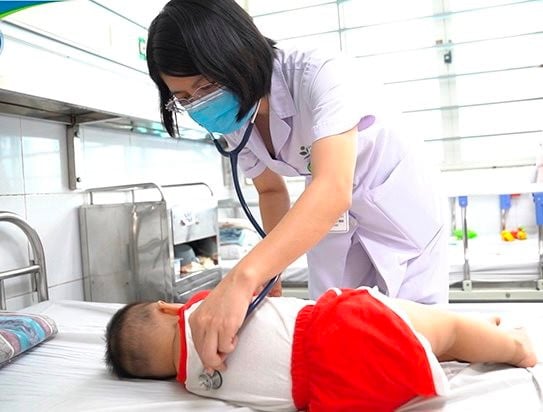
According to Master, Doctor Do Thi Thuy Nga, Deputy Head of the Department of General Internal Medicine, Tropical Disease Center, there are two common complications of hand, foot and mouth disease: neurological complications and respiratory and circulatory failure. However, this year, the center has received more children with neurological complications, the most typical of which is encephalitis.
Dr. Nguyen Van Lam, Director of the Center for Tropical Diseases, National Children's Hospital, informed that the two common groups of agents causing hand, foot and mouth disease are Coxsackie virus A16 (CA16) and Enterovirus 71 (EV71). While CA16 infections often show mild symptoms and can be cared for and treated at home, EV71 will cause more severe illness with many dangerous complications such as encephalitis, meningitis, myocarditis, pneumonia, pulmonary edema, respiratory failure, circulatory failure, and can be fatal if not treated promptly.
To detect hand, foot and mouth disease in children early, according to medical experts, the disease usually begins with symptoms of fever, poor appetite, discomfort and sore throat. From 1 to 2 days after the fever, sores appear in the mouth causing pain. Initially, they are red blisters and often develop into ulcers. These ulcers are mainly on the tongue, gums and inside the cheeks. Along with that, a non-itchy rash appears in 1-2 days with flat or raised red lesions, some accompanied by blisters. The rash is often concentrated in the palms of the hands or soles of the feet; it can also appear on the buttocks or genitals. Children may also have no typical symptoms or may only have a rash or mouth ulcers.
Doctors also note how to detect early signs of worsening to take children to a medical facility promptly. Specifically, when children have a high fever that does not respond to antipyretics. This is accompanied by fatigue, not playing, not eating, sleeping a lot, drowsiness, etc.; frequent startles (2 or more times in 30 minutes); sweating, coldness in the whole body or in the hands and feet; rapid breathing, abnormal breathing, including: Apnea, shallow breathing, chest retraction, wheezing, etc.; trembling of limbs, body tremors, unsteady sitting, staggering.
“Hand, foot and mouth disease progresses rapidly and is unpredictable, so when a child is diagnosed with the disease, the family should take the child to a medical facility for advice on care and how to detect severe symptoms, so that treatment can be given promptly. Parents should not research online and then self-medicate, as this can make the child’s illness worse,” medical experts advise.
Source











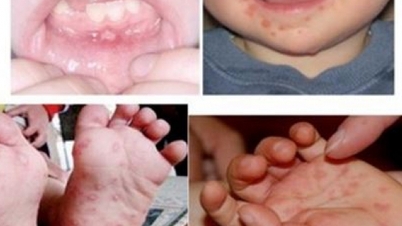














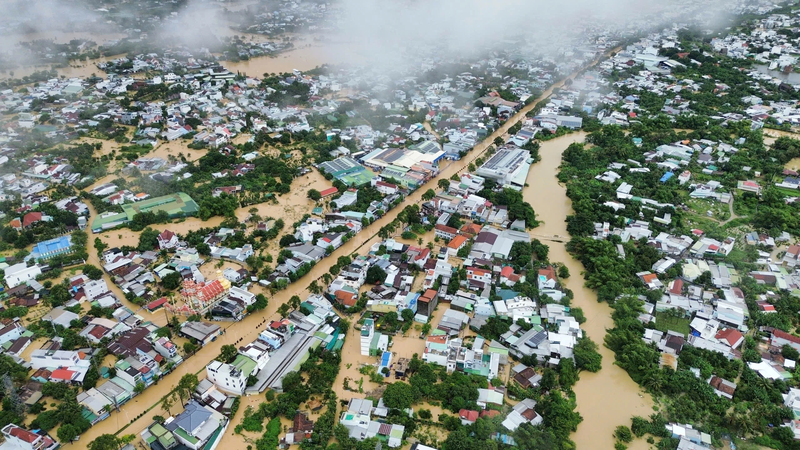


































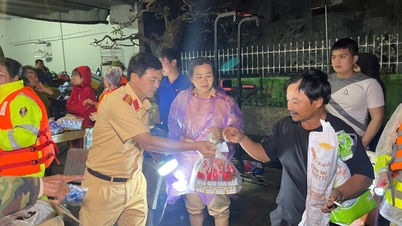


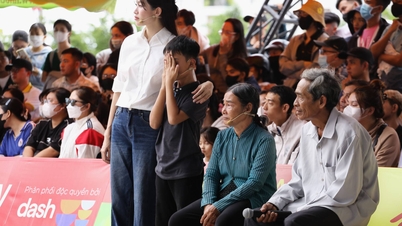












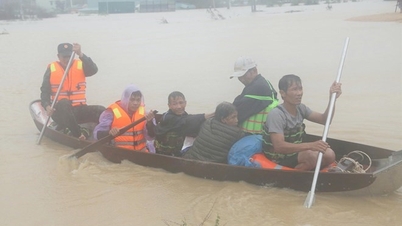























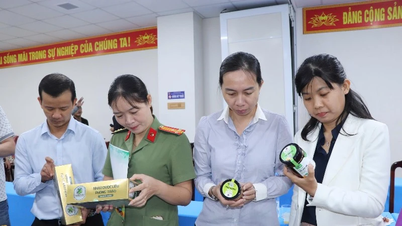









Comment (0)